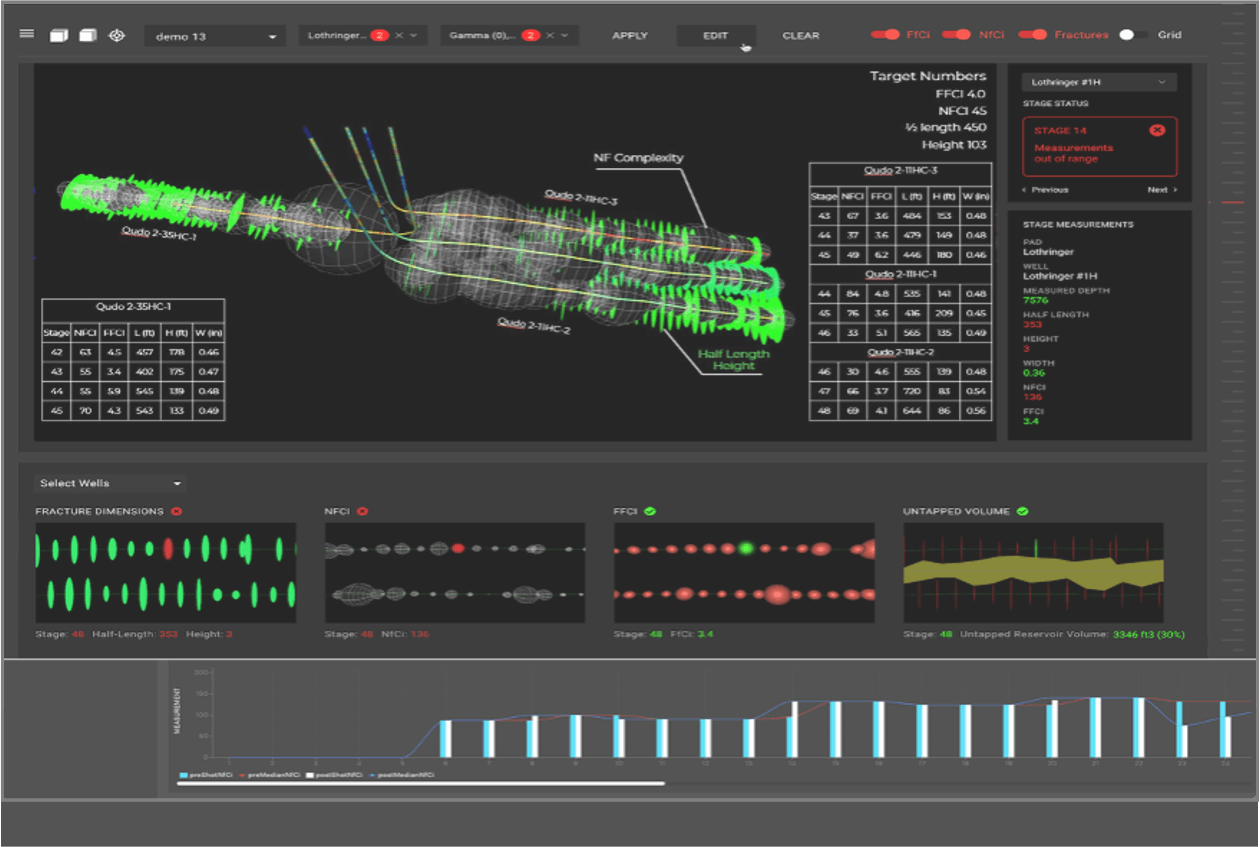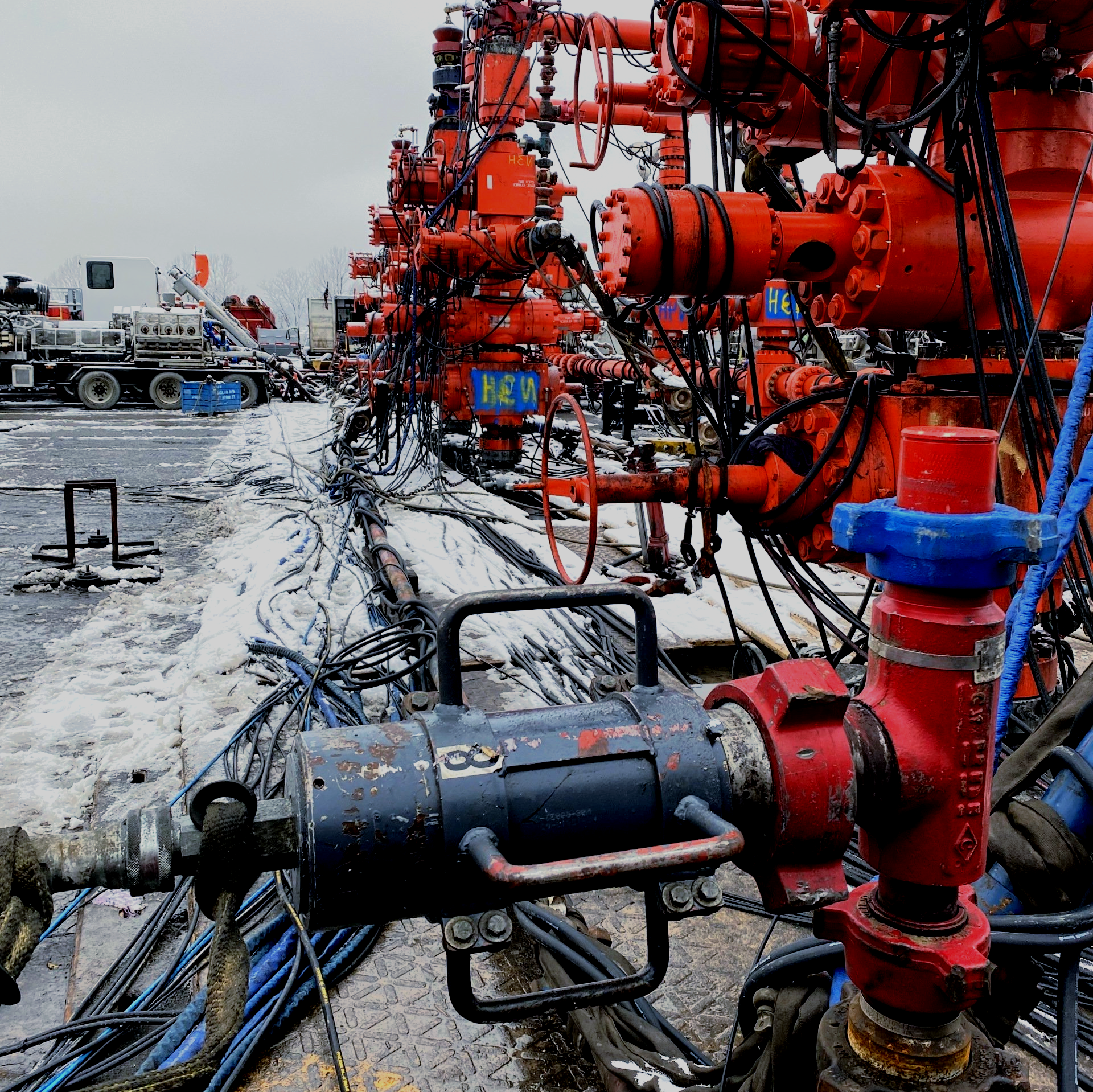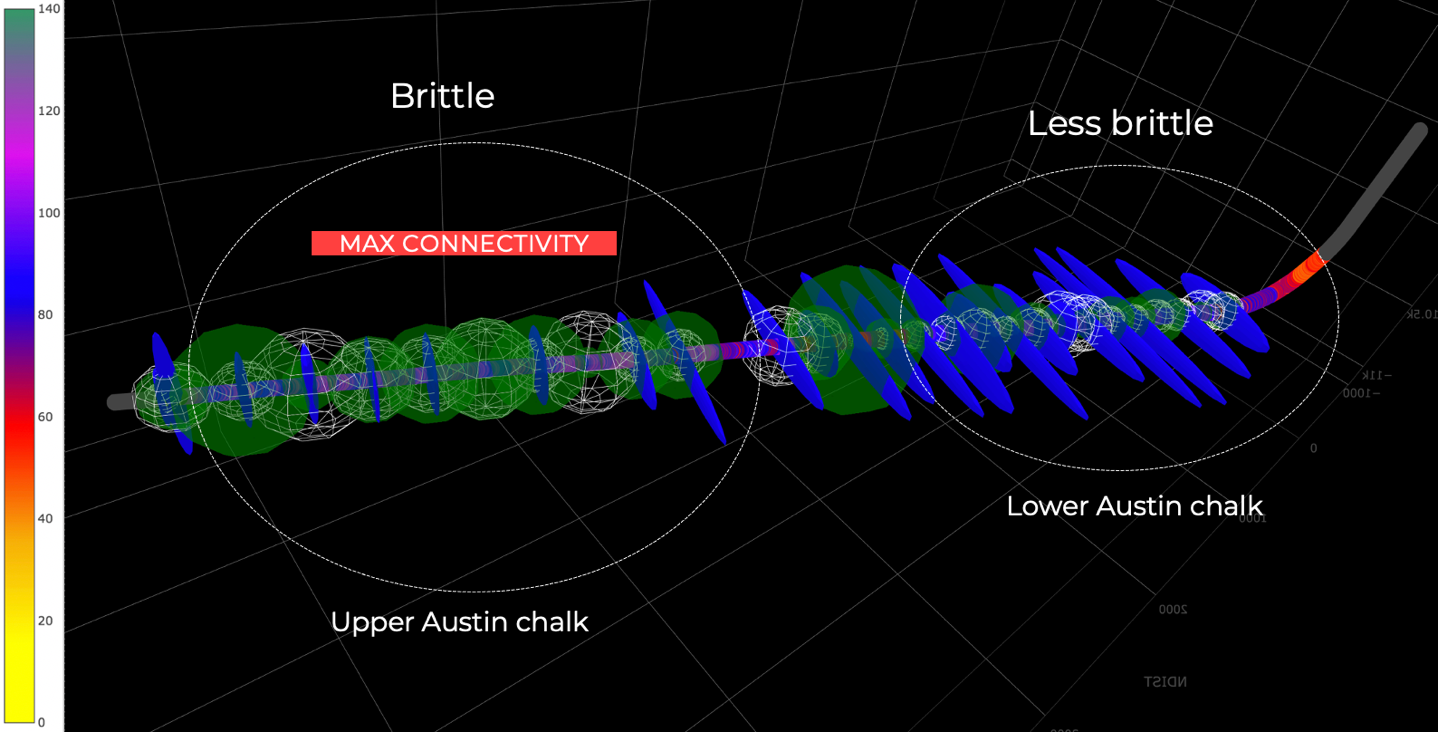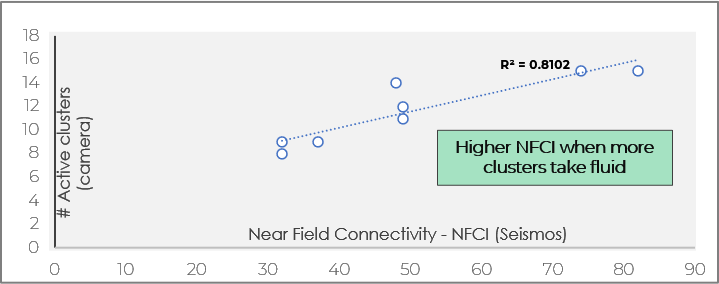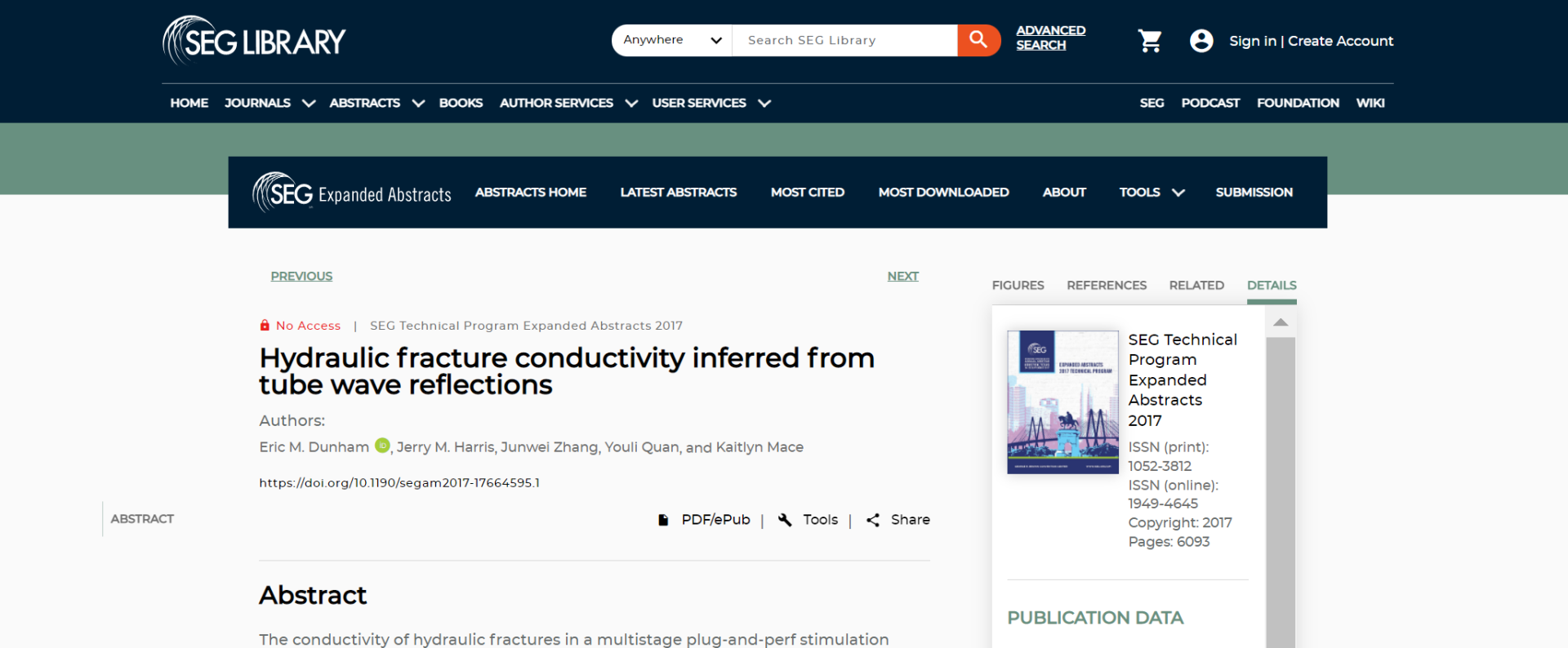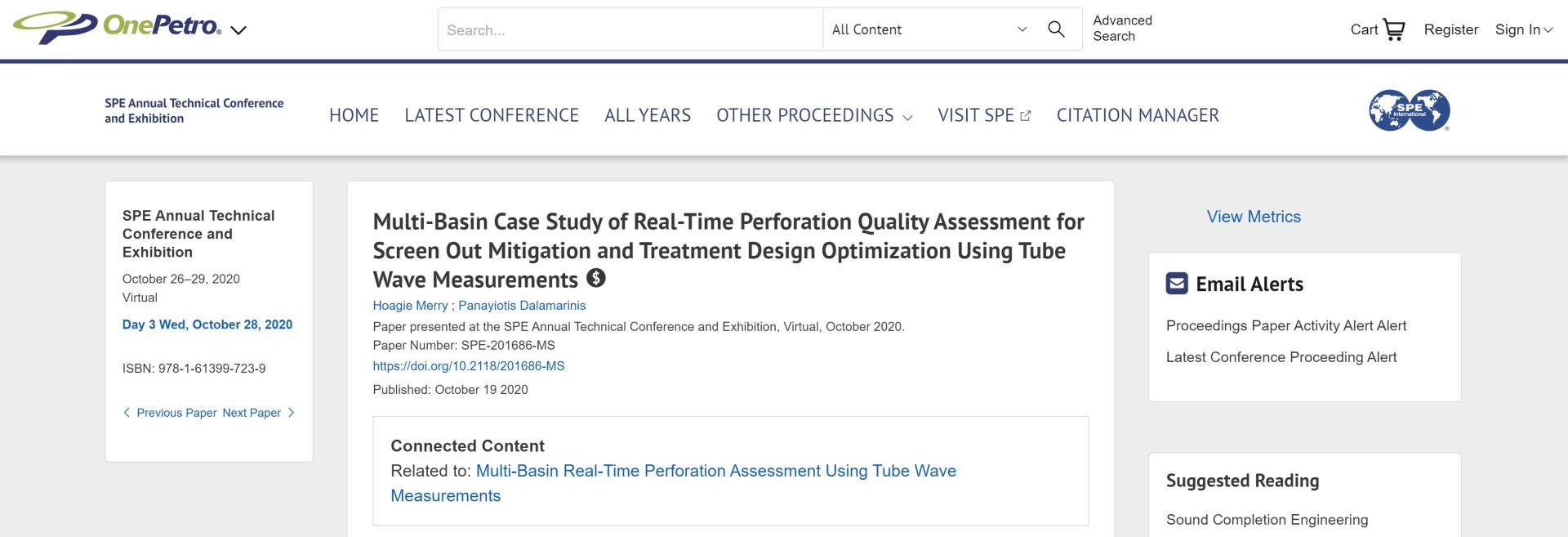MWF™
Measurements While Fracturing
What's MWF?
Real-time Quality Control Agent for Fracturing
Seismos MWF™ extends beyond fracture diagnostic technologies, displacing the need for fiber optics by introducing a plug-and-play system that seamlessly connects to the wellhead and uses acoustics and AI to continuously monitor each stage's stimulation performance.
Operational advantages:
No need for fiber optics
1502 connection to wellhead
Continuous monitoring behind the scenes
Real-time prompts
Applications
Can't improve what isn't measured
The Seismos MWF ™ (Measurements While Fracturing) Quality Control system embeds a one-of-a-kind measurement referred to as NFCI (Near Field Connectivity Index). NFCI is a patented measurement of the reciprocal of flow resistance (NFCI = 1/flow resistance) in the near wellbore area. The higher the NFCI, the higher the ability of the fracture network in the near field (near wellbore) area to allow hydrocarbon inflow into the wellbore.

Maximize near wellbore stimulation
Identify optimal/suboptimal connected fracture systems
Understand far field fracture geometry
Influencers
NFCI sensitivities to stimulation treatment, geology,
and stress interactions
A critical advantage and differentiator of NFCI is the high sensitivity to critical parameters such as stimulation treatment, geology, stresses, and number of clusters taking fluid.
Below are some examples visualizing such differences:
TREATMENT
Varying stimulation design parameters (cluster design, perforation design, stage spacing, and so on) has a material effect on fracture system properties, and how such changes in fracture system properties are captured by the NFCI measurement.
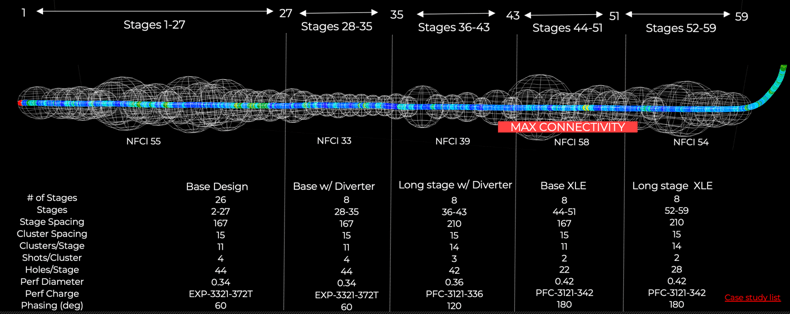
Features
Turning each well into a winner
Complete Optimization
Establish maximum Near-Field Connectivity on a uniform stage-to-stage basis
1. Adjust frac sequence to control stress interactions
2. Establish sufficient connectivity to the reservoir
3. Enable lateral stimulation consistency
Test Designs
Quality Assurance
